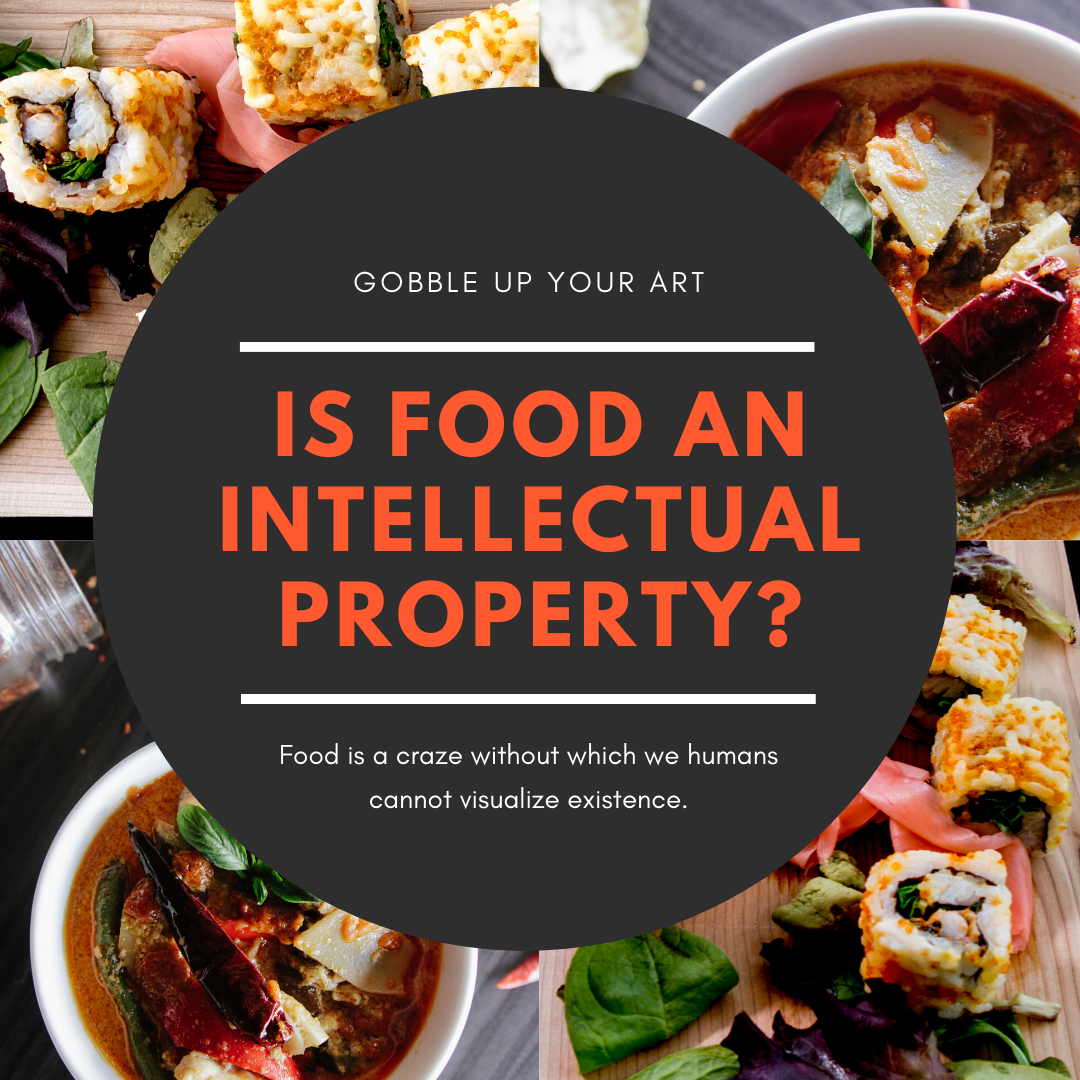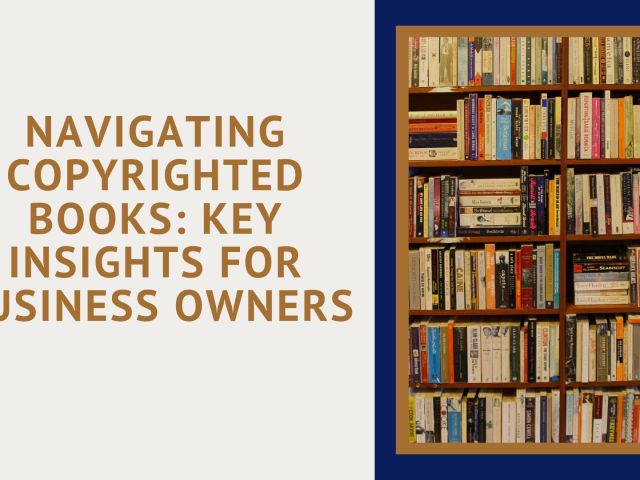Food is a craze without which we humans cannot visualize existence. Not only consumption but also gaping is a bare necessity. Many top chefs today are also known for their artistic food designs and preparations. There are museums dedicated to food, like the food museum in Hangzhou, China, where guests can gaze at pleasingly-plated Chinese dishes along with New York’s Museum of Food and Drink and Chicago’s Foodseum. We have even coined the phrase “food porn” to describe this obsession.
With the everyday new discovery of food recipes, it is necessary to protect the recipe made by one. This can be done through Patent Amendment 2005 of the Indian Patent Act 1970 which has pioneered product patent protection for food, pharma, and chemical inventions. Patenting of food recipes is somewhat fiddly. Irrespective of the taste or fascination of the creators, the recipe, first of all, must meet the fundamental conditions curtailing patenting, which are that the recipe must be useful, novel and non-obvious. The recipe should not be a “Mere admixture of substances resulting in aggregation of properties of the components” according to Section 3(e) of the Indian Patent Law.
Mcdonals Cain Foods has an intercontinental procedure patent on ready to cook frozen French fries that have gained popularity with due course of time. However, conditioned on the process of creation of a food product encompasses steaming, heating, mixing, frying, baking, fermentation, grinding, stirring, whipping, freezing, melting, malting, grilling, aging and so on, then one or more of these steps are processes, which if found to be novel and involving an inventive step, are vital to the innovation and can be patented. In India one of the granted patents asserts a process for preparing a soy curd entailing the procedure of selecting soybean, soaking the soybean, grinding, and preparation of soy milk, making of soy curd for the fermentation, and final processing of soy curd.
Copyright ability of individual recipes has not been decided by Indian Courts. Though copyrights owned by publishers in cookbooks come under literary works. The disputed matter stands as of how much copyright law is protecting recipes within these books. Although cooking is a piece of art, and is to be showcased creatively, copyright law protects novel, creative appearances that are set up in a tangible means. Literary Works is safeguarded in Section 2 (o) under the Copyright Act, 1957.
University of London Press Ltd. v University Tutorial Press Ltd., which is one of the most landmark decisions bringing about the “Sweat of Brow” Doctrine under UK copyright law, that has been amassed into various Indian precedents as well, in which Justice Peterson stated that “It may be difficult to define ‘literary work’, as used in his Act, but it seems to me plain that it is not confined to ‘literary work’ in the sense in which the phrase is applied, for instance, to Meredith’s novels and the writings of Robert Louis Stevenson. In speaking of such writings, as literary works, one thinks of the quality, the style, and the literary finish which they exhibit. In my view the words ‘literary work’ cover work which is expressed in print or writing, irrespective of the question whether the quality or style is high. The word ‘literary’ seems to be used in a sense, somewhat similar to the use of the word ‘literature’ in political or electioneering literature, and refers to written or printed matter.”
THE FOOD THOUGHT
A set of routed declaration in patent submissions is obligatory for getting a recipe patent. Various constrictions, like quantities, cooking or mixing intervals, ingredients et al, should be claimed in a broad sense in order to boost up the probability of getting a patent on the recipe as well as declining the chances of infringements. In case a recipe is unable to meet the conditions for patentability then copyright can give protection under its sunshade. Food can be put in a subset of artistic work and the recipes should be copyrightable.
You may also interested to read some of the relevant topics below:
What Can Be Patented in India?
Geographical Indication Tag for Food: Incongruity of the law?
The Siren’s Guide to Global Coffee Domination: Business, Technology and Intellectual Property
Likelihood Of Similarity May Lead To Consumer Confusion




